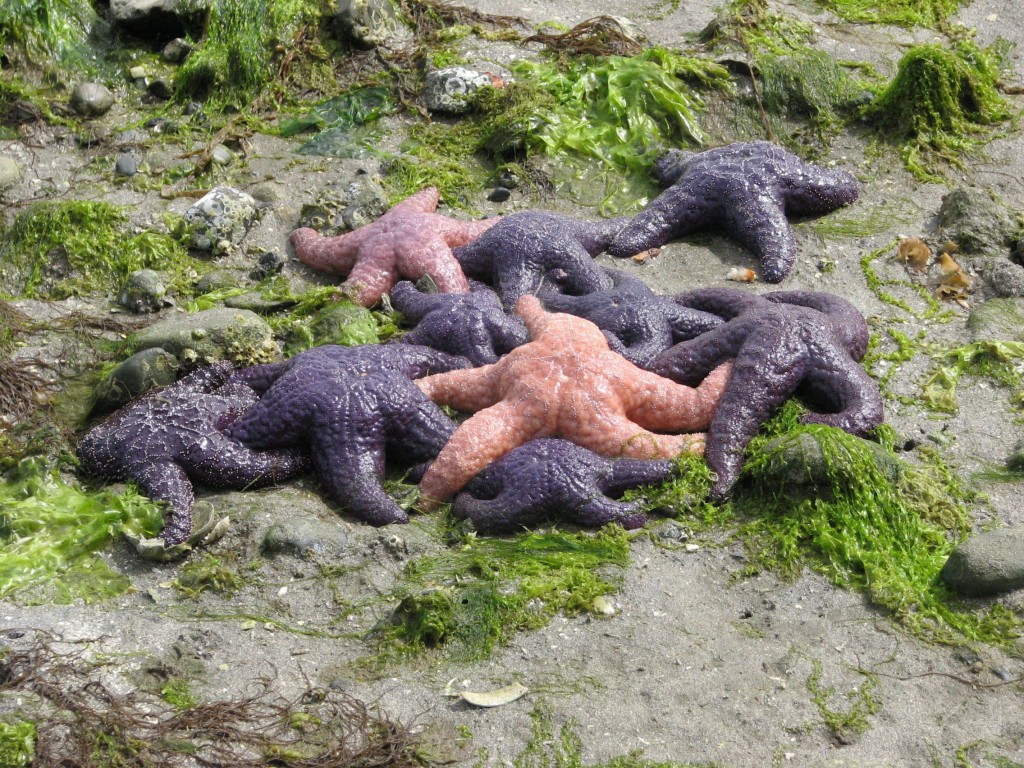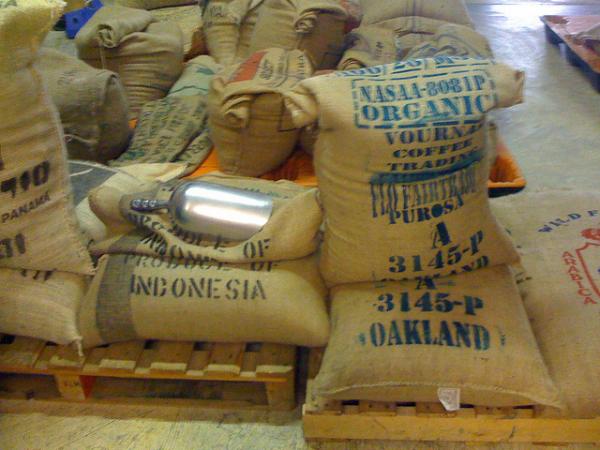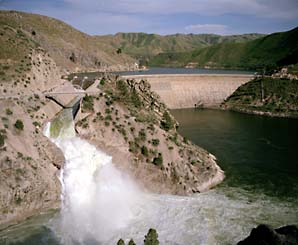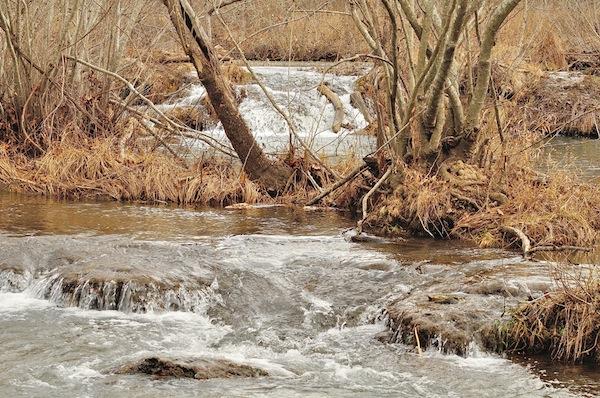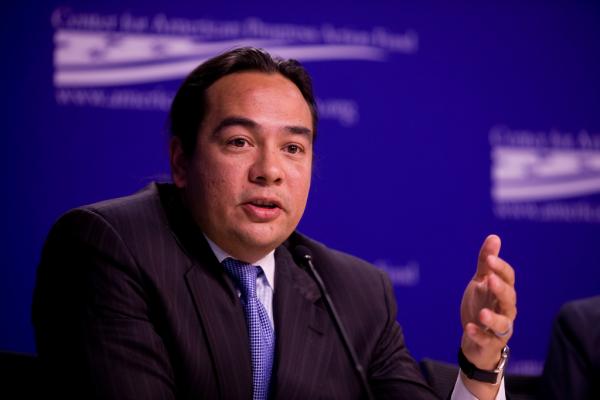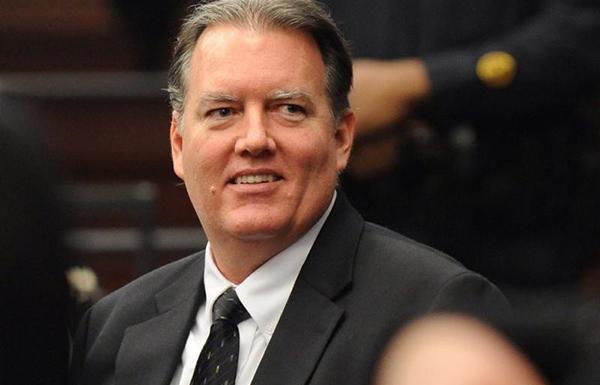
Michael Dunn smiles at his parents during a break in his trial in Jacksonville, Fla. Wednesday, Feb. 12, 2014. Dunn was found guilty of attempted second-degree murder in the shooting death of Jordan Davis in November 2012, but the jury was unable to reach a decision on the charge of murder.
The original inhabitants of Turtle Island are not an island. As much as we might want to pretend otherwise, we are not the remote tribes in the Amazon. No, Natives of the United States are increasingly American with all of the benefits and burdens of Americans that affect us like everyone else.
Cable TV. Internet. Materialism. Pop music. Miley Cyrus. Gangnam Style.
Racism. White supremacy.

Sure, we all know that Black lives don’t mean anything to America. That’s been proven for centuries—Emmett Till, James Craig Anderson, James Byrd, Trayvon Martin, Jordan Davis—these are just a tiny fraction of the victims. But here’s a news bulletin: Native American lives mean absolutely nothing to America. Just like Black lives. Just like Mexican lives.
We’re not special. At all. As Martin Luther King Jr. properly recognized, the first instances of white supremacy were not against Black folks on this continent, but instead against Natives:

“Our nation was born in genocide when it embraced the doctrine that the original American, the Indian, was an inferior race. Even before there were large numbers of Negroes on our shore, the scar of racial hatred had already disfigured colonial society.” Martin Luther King, Jr.
Almost two years ago, I wrote about why Native people should be concerned about the senseless killing of Trayvon Martin. We should be concerned any time a person of color is killed simply because of the color of their skin. That’s what happened to our ancestors, as Martin Luther King, Jr. said—because we were (and are) seen as an “inferior race.” I know there are many of our people who have accepted the lie/legal fiction that the Native people of this continent are not a race, but a political group. However, there are many Natives who are still racially Native with brown skin and dark features and who are very ripe to be, like Trayvon Martin and Jordan Davis, the victims of white supremacy.

Native Mothers and Fathers: your brown skin little Indian boys’ lives are in danger. Teach them that their beautiful brown skin and powerful long, dark hair puts them in danger. Tell your beautiful brown little Indian girls that they’re a target to be sexually assaulted just for being them—it’s a fact. Let them know that their attackers—both the boys and girls—will never be punished. In fact, they will be celebrated. Hold those powerful descendants of the first people of this continent close. Tell them that you love them. Every single time they go outside or to the store or to the mall, there is a possibility that they can be tried, convicted and executed of being too brown, too scary, too virile. “Their hair is too long.” “They have too many tattoos.” Treasure their time—their lives mean nothing to America. In fact IF, God forbid, they were to be tragically killed, there are many who would celebrate that death.
Little Indian boys like thug music, too. Like Jordan Davis. Little Indian boys wear hoodies, too. Like Trayvon Martin.
They are no different than these little Black boys who keep getting killed for being Black. Their crime is the color of their skin; they are tried and convicted in the blink of an eye. Now, I know that there are Natives who don’t like Black folks, and Black folks who don’t like Natives, therefore we see each other as “different.” “It’s just those ghetto Black boys getting killed.” or “It’s just those damn Indians getting killed.”
White supremacy doesn’t see any of as any different. At all. How do I know this?

Because white supremacy celebrates those who kill us.
Killer Michael Dunn was somehow convicted of attempted murder, but not murder. Killer George Zimmerman will have a reality show at some point and was already scheduled to be in a celebrity(!!) boxing match, profiting from the name he made while killing Trayvon Martin. Bernhard Goetz—pre-reality TV—became a semi-celebrity and had people willing to pay his legal defense. The point? People celebrate when white people kill young Black men.
As MLK pointed out, celebrating those who take brown lives ain’t nuthin’ new.




Christopher Columbus. Kit Carson. The 20 Medal of Honor winners of the Wounded Knee Massacre. Abraham Lincoln—the Great Emancipator, Honest Abe—ordering the largest mass execution in US History when he ordered 38 Natives killed in Mankato, Minnesota.

We’re in this together. These murders affect us. My son carries the royal lineage of chiefs and spiritual healers and protector/warriors, yet he is a suspect each and every time he goes outside because of his powerful brown skin. Just like the little Black boys. Just like every other brown man in this Nation. We gotta stop lying to ourselves that we’re somehow different and protect our babies together.

Gyasi Ross
Blackfeet Nation/Suquamish Territories
Attorney/Author/Dad
New Book, “How to Say I Love You in Indian”—order today!!
www.cutbankcreekpress.com
Twitter: @BigIndianGyasi
Read more at http://indiancountrytodaymedianetwork.com/2014/02/19/celebrating-killers-yes-natives-should-care-about-dead-black-teen-153643


